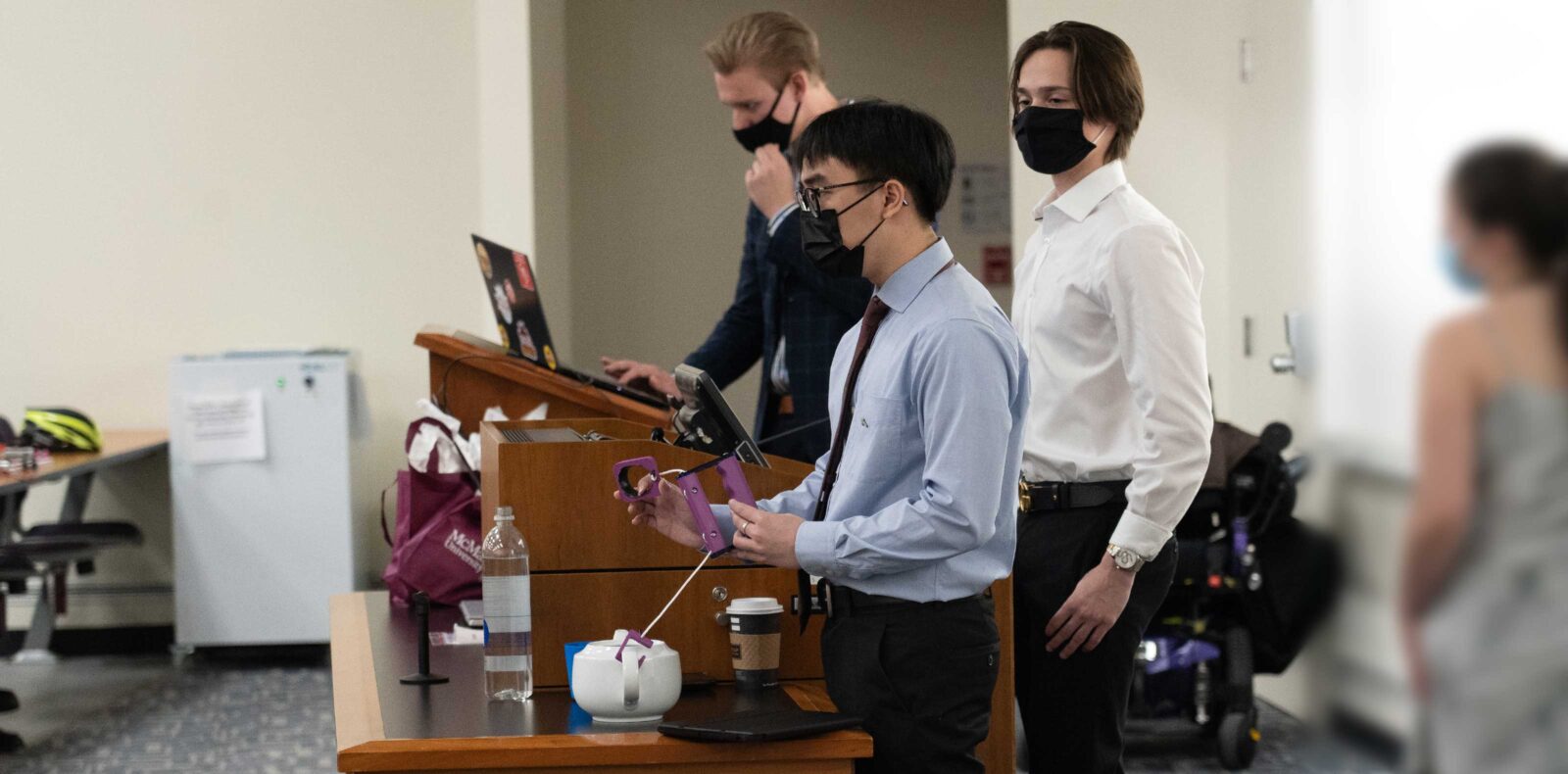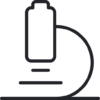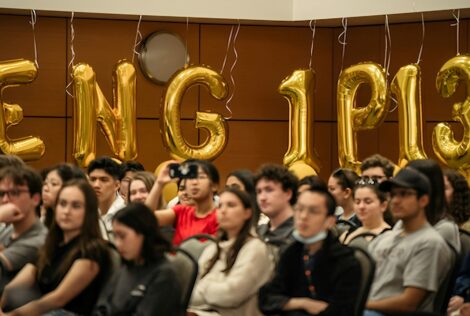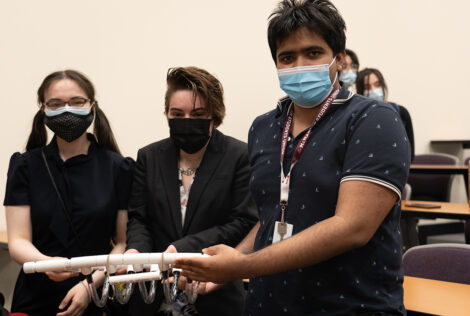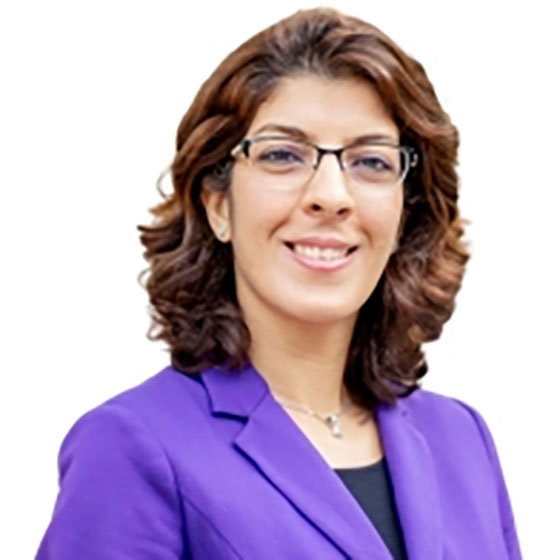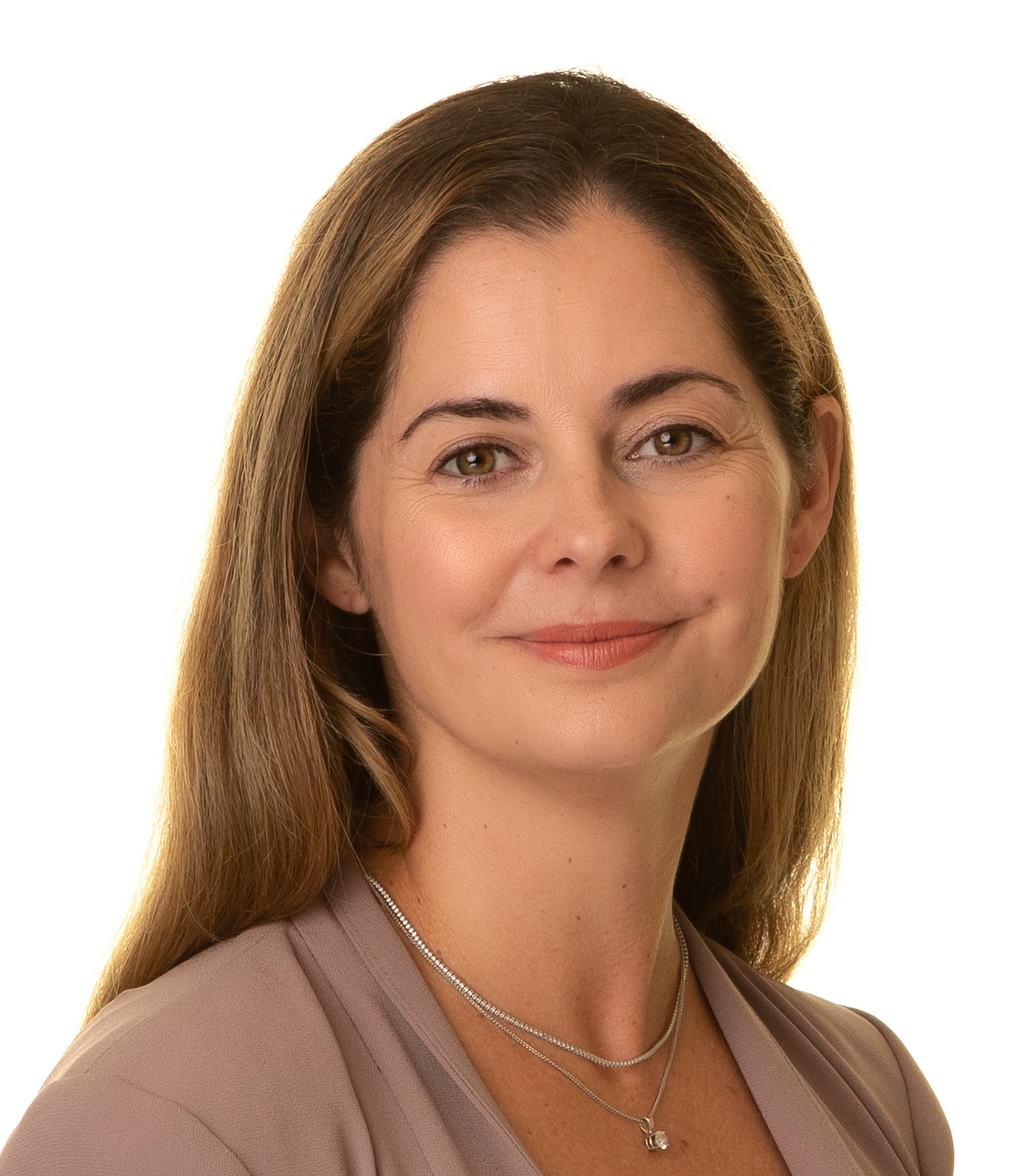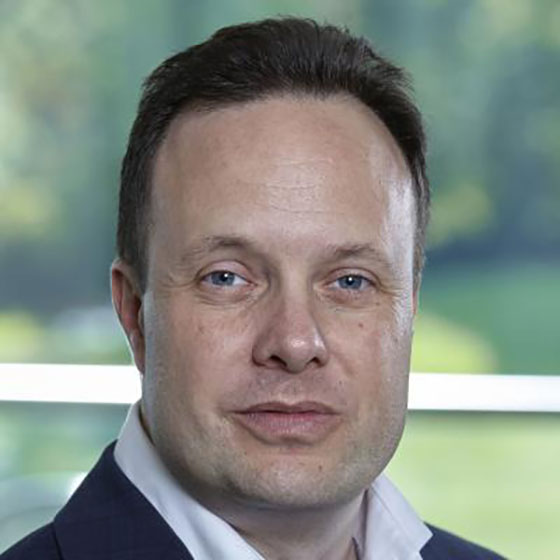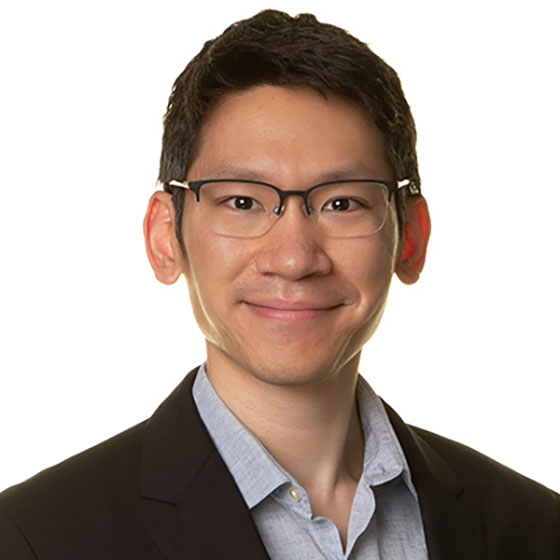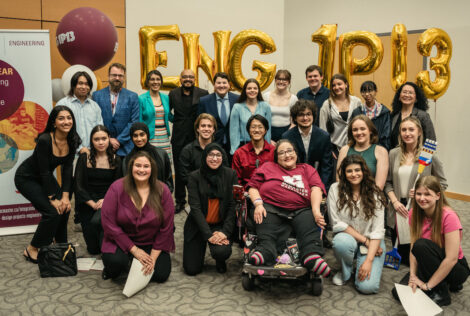
First-year engineering design course yields accessible solutions for client with spina bifida
The Integrated Cornerstone Design Projects in Engineering course – or ENGINEER 1P13 –brings together a team of faculty mentors, instructional coordinators, instructional assistants, lab technicians and teaching assistants to support students in developing projects in groups.

